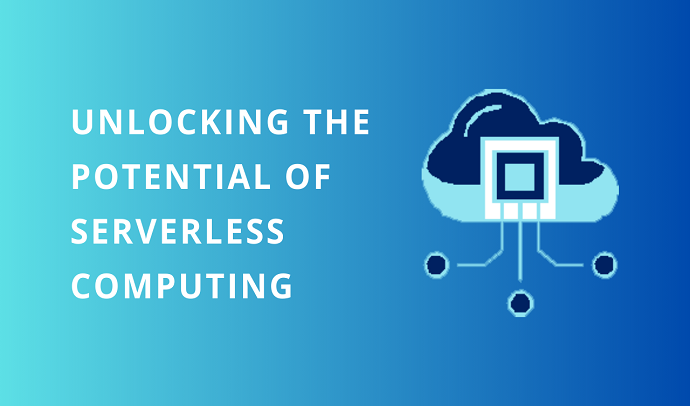Introduction
In the ever-evolving landscape of cloud computing, one paradigm has been making waves for its efficiency, scalability, and revolutionary approach – Serverless Computing. This innovative model transforms how applications are developed, deployed, and scaled, offering a new level of simplicity and cost-effectiveness. In this blog post, we will delve into the world of serverless computing, exploring its key concepts, benefits, and real-world applications.
Understanding Serverless Computing:

Contrary to its name, serverless computing doesn’t mean there are no servers involved. Instead, it abstracts the complexity of server management, allowing developers to focus solely on writing code. In a serverless architecture, the cloud provider automatically handles server provisioning, scaling, and maintenance, enabling developers to deploy functions or applications without worrying about the underlying infrastructure.
Key Concepts:

Functions as a Service (FaaS): Serverless computing often revolves around the concept of Functions as a Service. Developers write discrete functions that perform specific tasks, and these functions are executed in response to events or triggers. Each function runs independently, and the cloud provider automatically scales resources as needed.
Event-Driven Architecture: Serverless applications are event-driven, meaning they respond to specific events or triggers. These events can include HTTP requests, changes in data storage, or scheduled tasks. This architecture enables a highly responsive and scalable system.
Benefits of Serverless Computing
Cost Efficiency: With serverless computing, you pay only for the computing resources used during the execution of functions. This eliminates the need for provisioning and maintaining dedicated servers, resulting in cost savings
Scalability: Serverless architectures automatically scale based on demand. Functions are executed in parallel, allowing applications to handle varying workloads seamlessly.
Simplified Development: Developers can focus on writing code without the distraction of managing servers. This accelerates the development cycle and allows teams to be more agile.
Reduced Operational Overhead: Serverless computing offloads operational tasks to the cloud provider, such as server maintenance and capacity planning.This reduces the operational burden on development teams
Real-World Applications
Web and Mobile Applications: into an index, tagging them with relevant search terms Serverless is well-suited for building web and mobile applications, and handling tasks such as user authentication, file uploads, and API integrations.
IoT (Internet of Things): The event-driven nature of serverless computing makes it ideal for processing data from IoT devices, reacting to sensor inputs, and managing device communication.
Data Processing: Serverless functions can be used for real-time data processing, transforming and analyzing data as it’s ingested into a system.
Chatbots and Virtual Assistants: Building intelligent chatbots and virtual assistants is simplified with serverless computing, allowing for quick and efficient responses to user queries.
Conclusion
Serverless computing redefines app development with cost efficiency and scalability, shaping the future of cloud architecture. Explore Cloudopty to discover the essence of serverless computing! It transforms app development for cost efficiency and scalability. Join the journey for enhanced agility and innovation, ushering in a new era in cloud computing!
